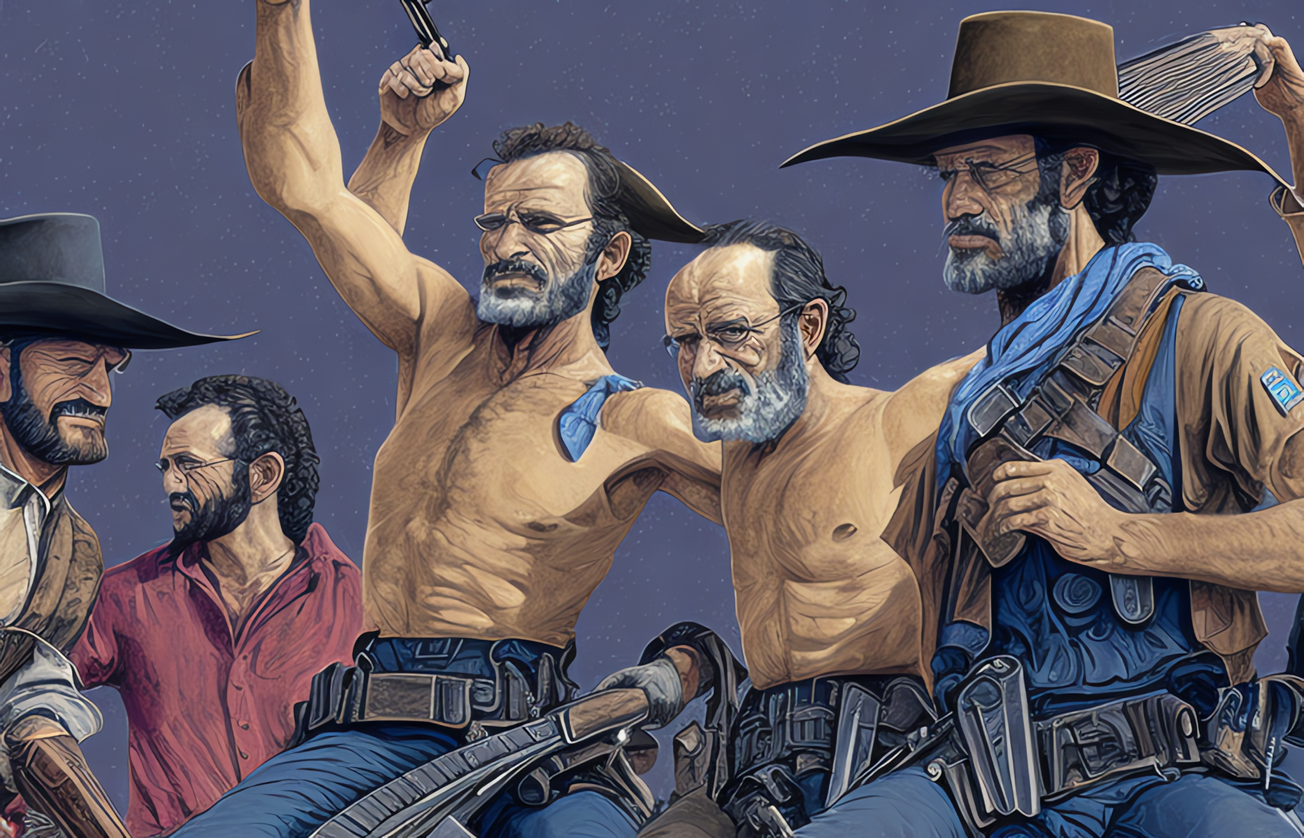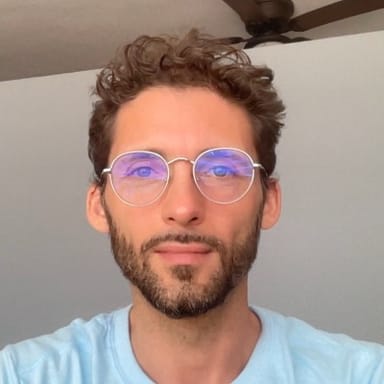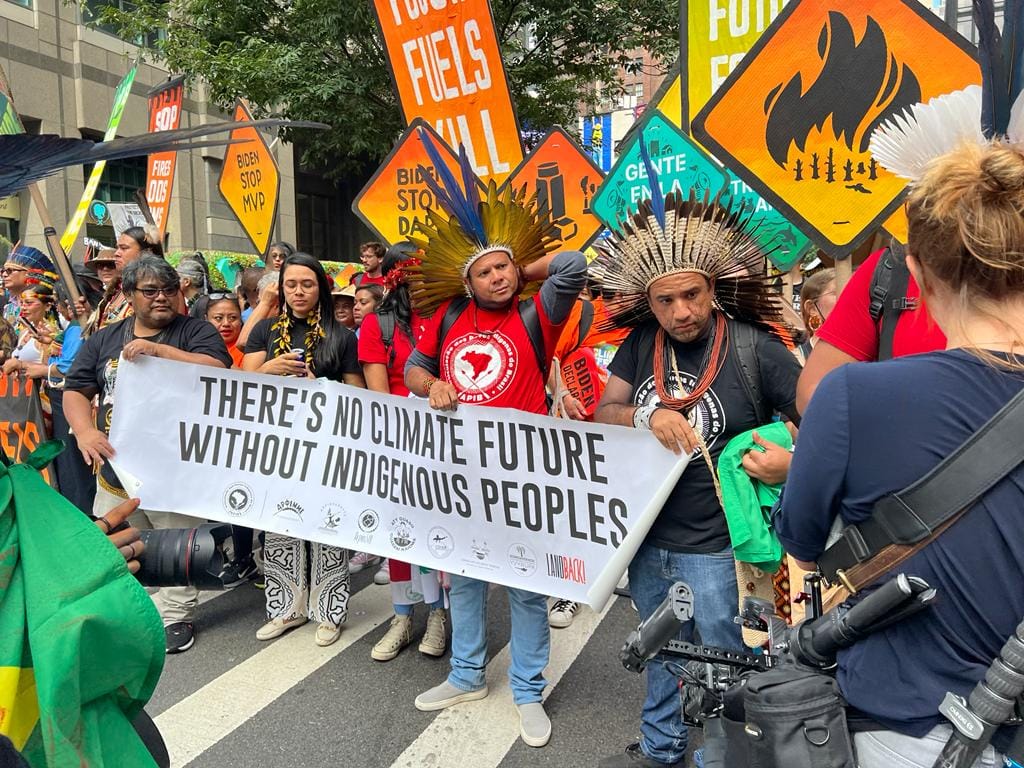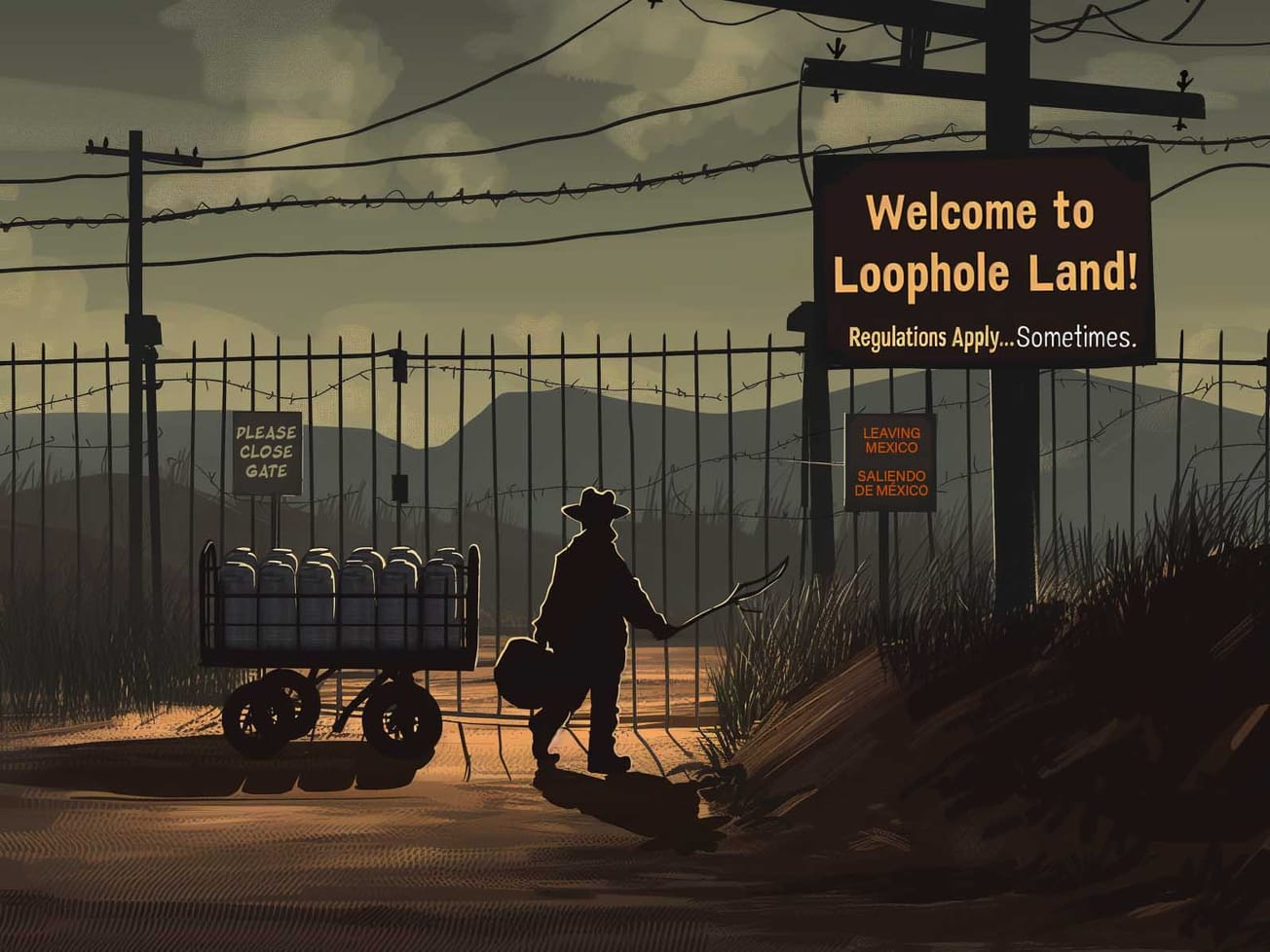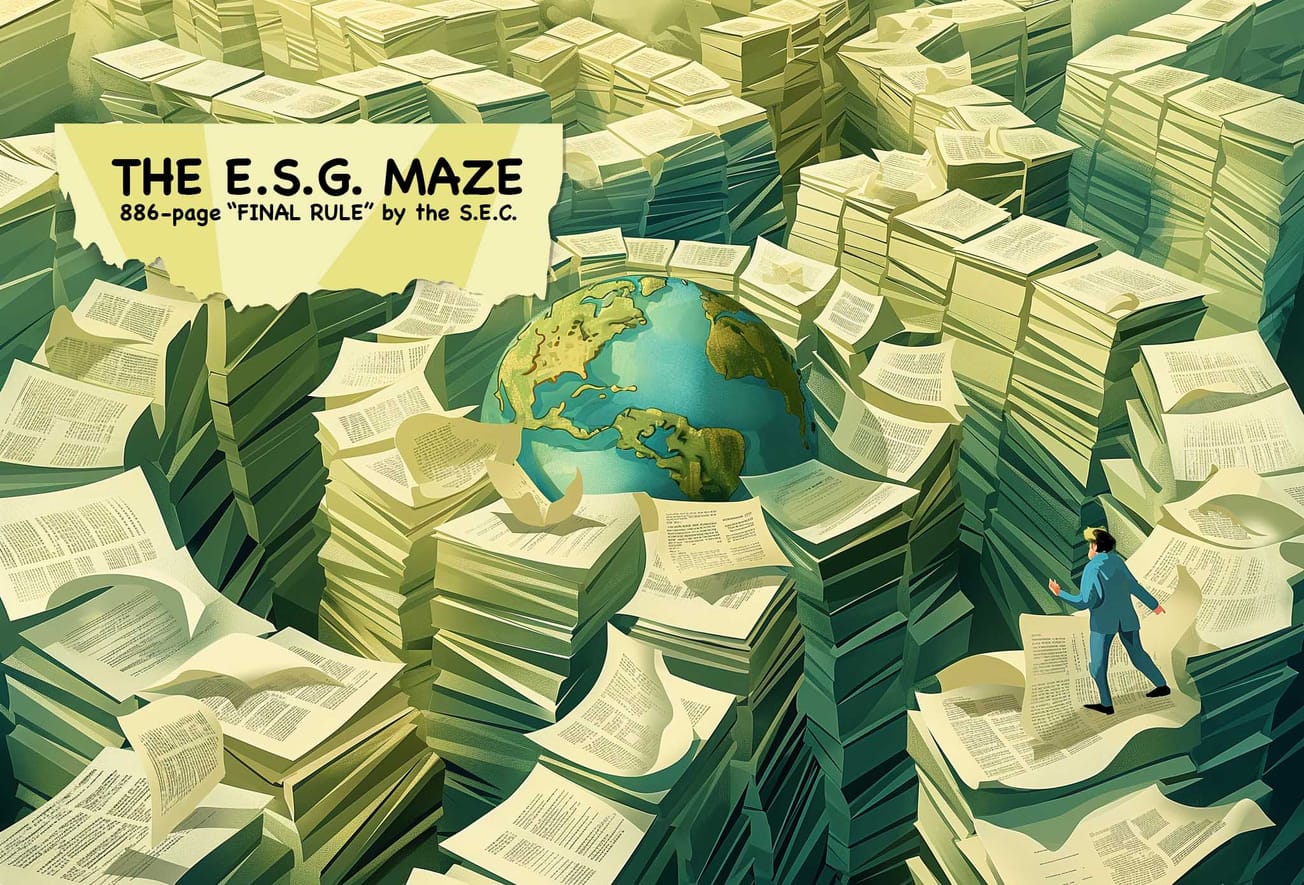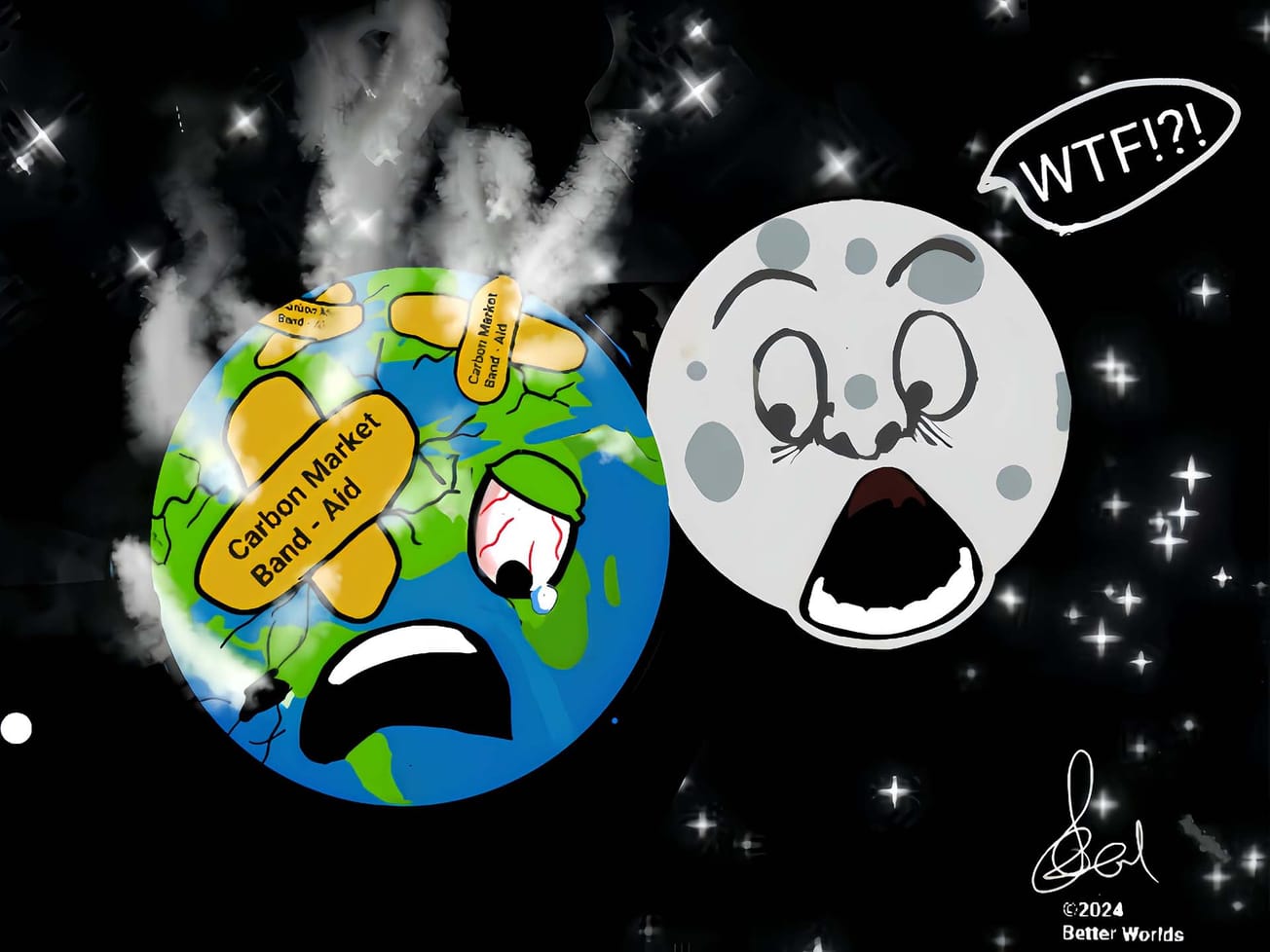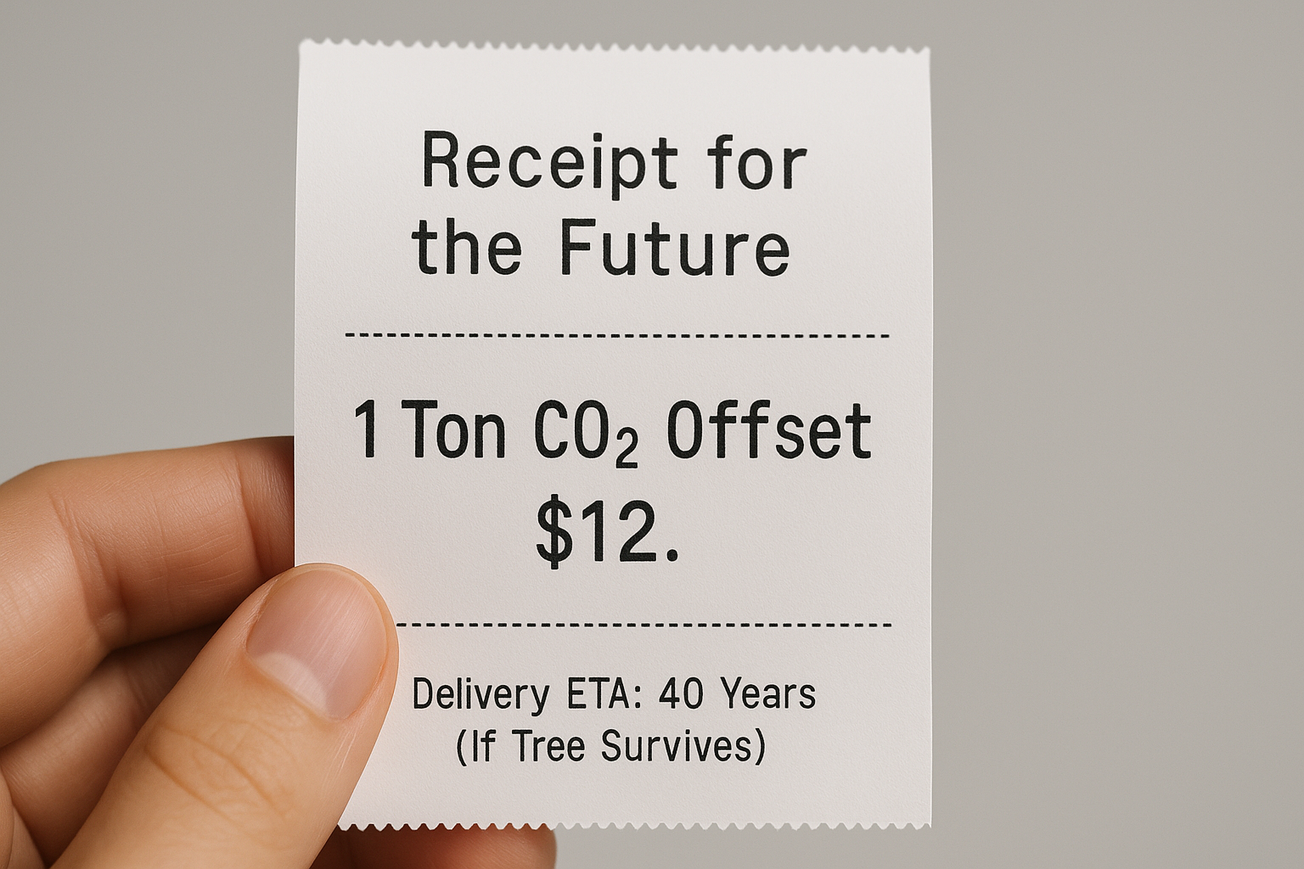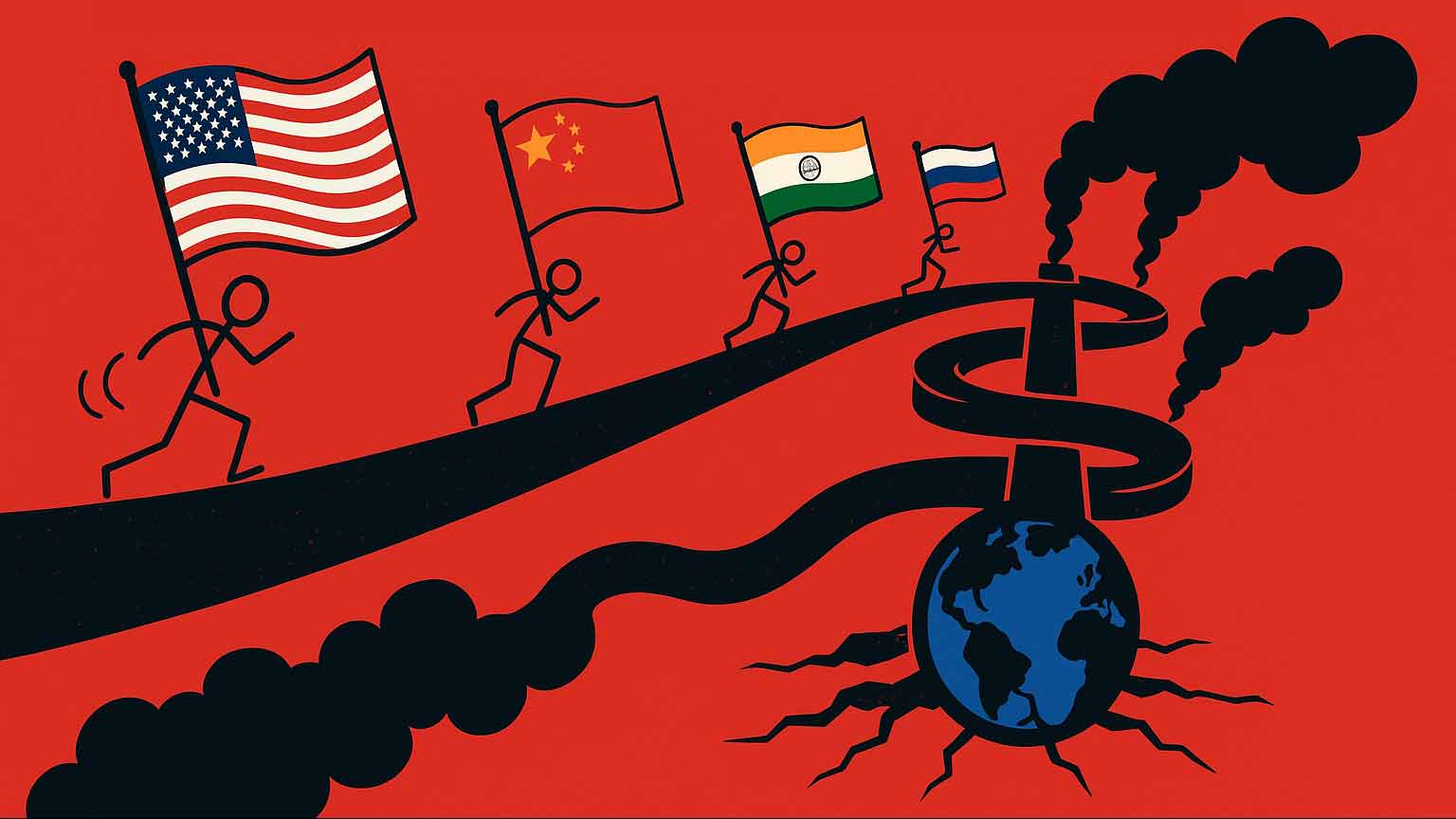The UGLIEST is when you realize the primary reason members are in the community is to extract dollar value via token price spikes.
The BAD is when the community has genuine interest in the project's mission rather than just 'token price go up' — yet the community largely fails to galvanize contribution or maintain engagement.
This is perhaps where most web3 / DAO communities sit today...
And then there's the GOOD. Few and far between. As if by magic. Hundreds, if not thousands of members, following social media updates, attending AMAs, and pursuing bounties for code reviews or community management.
Learning Curve
In 2021 I had a team of 9 web3 community managers who were contracted across a handful of web3 client projects.
We learned a thing or two about managing web3 community interest.
It boils down to the Cyclic Growth Framework's 3 pillars of community development (which evolved in 2017 in my role as Head of Marketing for a crypto exchange that scaled from 300k users to 1.5MM users in 10 months) — PLUS the addition of 4 elements that are foundational to decentralized governance.
Puzzle Pieces
- 3 Pillars of Community Development
- 4 Elements of a Decentralized Organization
- 3 Principles for Decentralized Organizational Agility
- Distributed Impact Mapping
First, here's the short and skinny of the 3 Pillars of Community Development:
- Identity — Align on genuine shared values and interests. Speak the language of the members you want to attract. Get on the same page. Be transparent. Find common ground. Be genuine.
- Edutainment — Create both an educational vibe with an entertaining twist. Pizazz with substance. Add value through content and community experience. Be present, be available, but part of the conversation.
- Opportunity — Provide ways for community members to participate in their support of your community, either at the core of it's 'identity' (such as working strategically on community policy, mission, project plans, etc)... or ways for members to support community edutainment (social media, live events, graphic design, podcast interviews, and so on).
Next, The 4 Foundational Elements of a Decentralized Organization boil down to this:
- Prioritize — collate and align on what's important to all of the organizations stakeholders
- Assign — appoint members based on merit to be accountable for work on specific priorities
- Contribute — coordinate collaboration and workflow for assigned stakeholders to actually make an impact on relevant organizational priorities
- Compensate — have a way to track impact and reward performance
Do all this transparently... with due diligence for the details... and an environment that nurtures aligned autonomy — and perhaps your community can also scale to 1.5MM in 10 months.
But of course...
...all of this is far easier said than done.
Having these principles in your back pocket for reference can help any community leader or DAO founder efficiently move in the best direction — but as your community numbers begin to grow the game at play begins to change.
What works for 5 does not work for 50, or 500, or 50,000, or 1,000,000. Believe me.
[Sidenote: I recently began the journey towards a land-based 'decentralized agile cooperative', which is in very early stages of formation. A safehaven, workhaven, and playhaven in a 45 hectare nature reserve in Yucatan Mexico. I'm looking for 300 who share the exact same vision, so if 'productive bliss' sounds appealing, head on over to www.camazotzcohaven.com to see the current status of the project]
But Wait. There's More...
No matter how long it takes to achieve scalability, or achieve your organizational purpose, the principles shared above remain timeless.
Your teams job then becomes finding the tactical techniques that suit the ever changing moment. Thus 'agility' becomes the third crucial cluster in your toolkit for community success.
3 Principles for Decentralized Organizational Agility:
- Separate Problem Space from Solution Space: Focus on problem definition before jumping to solution assumptions. If you have experience as a product manager you'll understand why 'falling in love with your customers problem' is primary to building a successful product. This equally applies to all parts of organizational development.
- Prioritize a Culture of Cohesive Collaboration: Create cultural space for collaborative (rather than combative) communication. This one needs an entire article all for it self. (coming 'soon').
- Radical Transparency becomes your Sustainable Competitive Advantage: The more transparently your team and community apply the 3 pillars and 4 foundations above, the more confidently your team will 'pivot on a dime' in responsive development to changes within your target market.
Tips n Tools:
For those of you building an existing web3 community or DAO, check out the cutting edge work of chain agnostic Hypha.earth for a human coordination toolkit now in development for mass public use as the concepts of decentralized governance and contributor autonomy become an unstoppable megatrend this decade.
Also check out the INU which is disrupting the 2-party system of US politics... or what some are now calling uniparty politics. I believe seeking independent political influence aligns perfectly with the philosophy of decentralization and I'm thrilled to see the independent political movement begin to rise. There's a lot that community builders can learn by watching the INU evolve. https://www.inu.one
You might also benefit from the current Cyclic Masterclass series at www.cyclicmedia.com where I'm compiling a matrix of mini-courses that will help any sophisticated marketer, web3 founder or commercially-driven product leader reach beyond the holy grail of MVP to achieve rapid growth and organizational scale.
4 steps to convert a 'Community' into an 'Organization'
If you have a core team of collaborators and want to figure out how to build beyond just a 'community', towards becoming an 'organization' with purpose and accountable stakeholders, start by collaborating on a Distributed Impact Map as follows.
Do a Google search for 'impact map' and check out the images tab for various examples like this one.

- Step 1: Break down the communities values into potential organizational purpose with component goals. Goals might relate to changes you want to create in your market, or success milestones you want to achieve as an organization. (You might start with the big goal; the organizational purpose or 'why' — and then break it down into component goals across different 'departments' or 'functions' or across market segments or otherwise.)
- Step 2: Next, break down the types of contributor roles (actors) who might be helpful to achieve those goals. That is, what advisors, managers, creators, developers, curators, builders, planners, researchers, etc would help contribute towards fulfiling the goals?
- Step 3: Then begin to specify the types of impact each one of those roles would need to have in order to contribute towards achieving the related goals.
- Step 4: From there, it should become relatively easy to pinpoint specific tangible deliverables that could be offered as incentivized bounties to your community, thereby inviting them to begin functioning as an organization.
Keep working on your Distributed Impact Map until every detail is covered.
So that's:
...Apply the 3 Pillars of Community Development...
...along with the 4 Foundational Elements of a Decentralized Organization...
...AND the 3 Principles for Decentralized Organizational Agility...
...and the rest is a piece of cake.
Follow, subscribe and visit www.cyclicmedia.com for more like this.
This article was originally published on LinkedIn.


